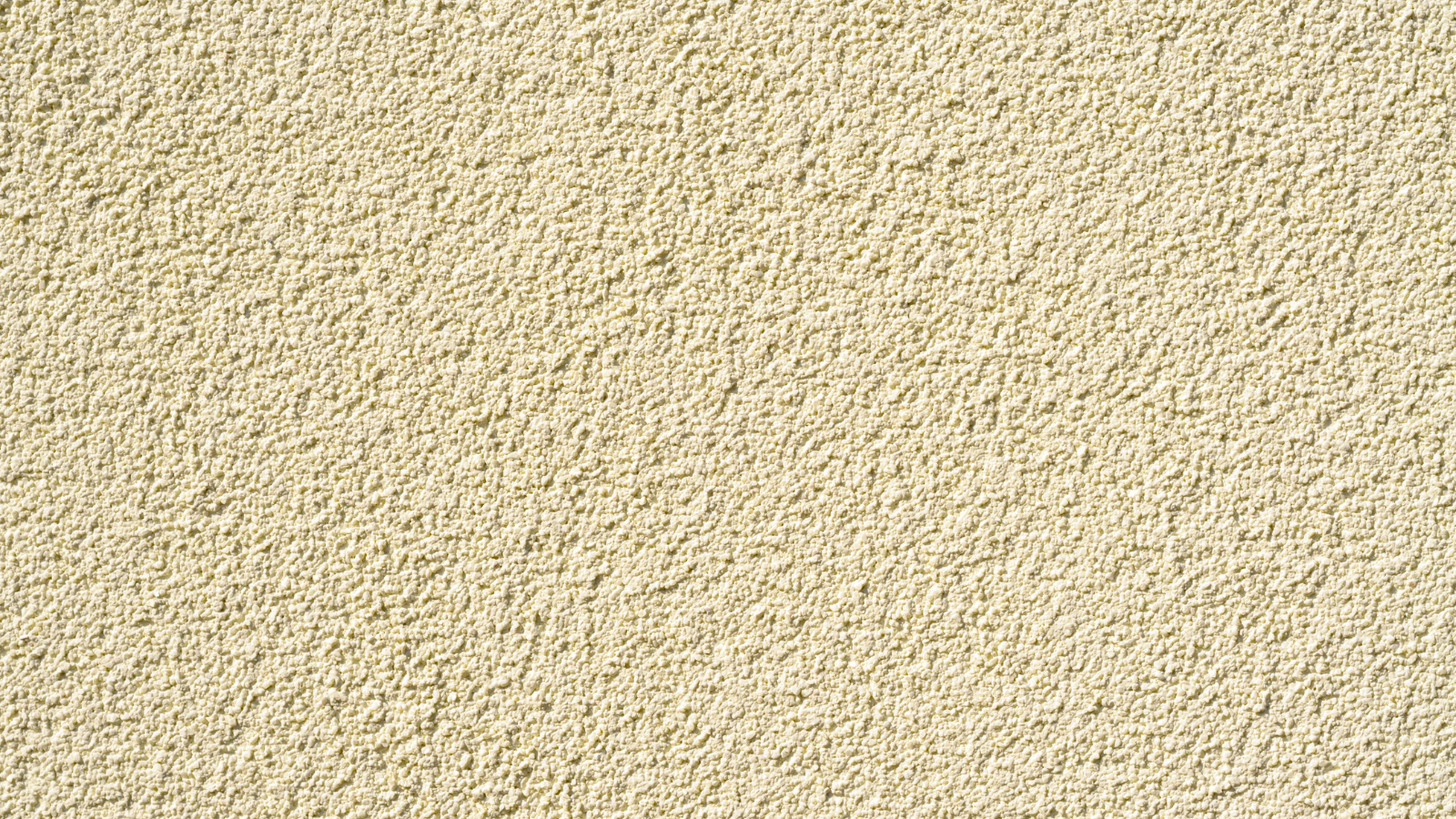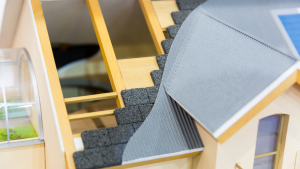When it comes to home exterior finishes, stucco stands out as a timeless and versatile option. With advancements in materials and techniques, homeowners now have a plethora of new color and texture possibilities to explore. In this blog post, we’ll delve into the best textures for stucco, how to combine textures and colors for a cohesive look, the process of changing stucco texture, and the various types of stucco available today. Get ready to be inspired by the latest trends and ideas for transforming your home’s exterior with new color and texture possibilities.
Visit https://eastbrunswickstucco.com/ for more details.
What is the Best Texture for Stucco?
Choosing the best texture for stucco largely depends on your aesthetic preferences and the architectural style of your home. Here are some popular stucco textures to consider:
1. Smooth Finish: This texture is sleek and modern, offering a clean and refined look. It’s ideal for contemporary homes and can be painted in any color to achieve a polished appearance.
2. Sand Finish: Also known as float finish, this texture has a sandy, grainy surface. It’s a classic choice that works well with various architectural styles, providing a subtle and elegant finish.
3. Lace Finish: This texture features a lace-like pattern that adds depth and interest to the surface. It’s a great option for traditional and Mediterranean-style homes.
4. Dash Finish: Created by splattering stucco onto the wall, this texture has a rough, textured appearance. It’s perfect for rustic and Southwestern-style homes.
How to Combine Textures and Colors for a Space You’ll Love!
Combining textures and colors can elevate your home’s exterior, creating a visually appealing and harmonious look. Here are some tips for achieving the perfect combination:
1. Choose a Base Texture: Start with a primary texture that complements your home’s architectural style. For instance, a smooth finish might suit a modern home, while a sand finish could be ideal for a classic look.
2. Add Accent Textures: Use different textures for accent areas such as columns, arches, or window trims. This adds depth and interest to the overall design.
3. Select Complementary Colors: Choose a color palette that enhances your home’s style and surroundings. Neutral colors like beige, gray, and white are timeless, while bold colors like terracotta and deep blue can make a statement.
4. Consider Light and Shadow: Different textures create varying effects with light and shadow. Think about how the sun hits your home at different times of the day and choose textures that highlight these natural changes.
How Do You Change the Texture of Stucco?
Changing the texture of stucco involves a few steps and some expertise. Here’s a simplified process:
1. Preparation: Clean the stucco surface thoroughly and repair any cracks or damage. This ensures a smooth base for the new texture.
2. Apply a Bonding Agent: Use a bonding agent to help the new stucco layer adhere to the existing surface.
3. Apply the New Stucco Layer: Spread a fresh layer of stucco over the existing surface. You can use different tools and techniques to achieve the desired texture, such as trowels, brushes, or sprayers.
4. Cure and Paint: Allow the stucco to cure properly, which may take several days. Once cured, you can paint it in your chosen color to complete the transformation.
Types of Stucco: New Color and Texture Possibilities
Today’s stucco options are more varied than ever, offering new color and texture possibilities to suit any style. Here are some types to consider:
1. Traditional Stucco: Made from cement, sand, and lime, this type is durable and has a natural, earthy appearance. It’s available in a range of textures and can be painted any color.
2. Synthetic Stucco (EIFS): This modern option uses a multi-layered system that includes a foam insulation board and a synthetic finish. It’s highly customizable with various textures and colors.
3. Acrylic Stucco: Known for its flexibility and resistance to cracking, acrylic stucco is available in many colors and can be applied in different textures.
Conclusion
Exploring new color and texture possibilities for stucco opens up a world of design opportunities for your home’s exterior. Whether you prefer a smooth, modern look or a textured, traditional finish, there are countless ways to customize stucco to reflect your personal style. By combining textures and colors thoughtfully, you can create a space that you’ll love for years to come. Embrace the versatility of stucco and let your creativity shine, transforming your home into a true masterpiece.
Ready to embark on your stucco transformation journey? Consult with a professional to explore the best options for your home and bring your vision to life with the latest in stucco finishes.




